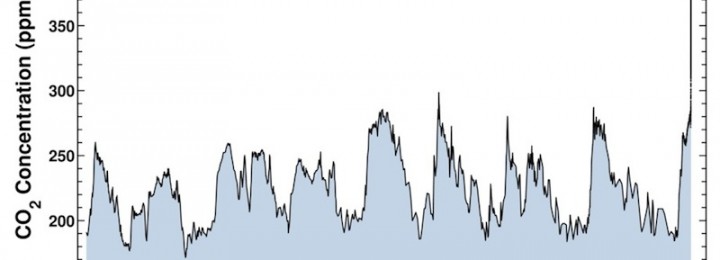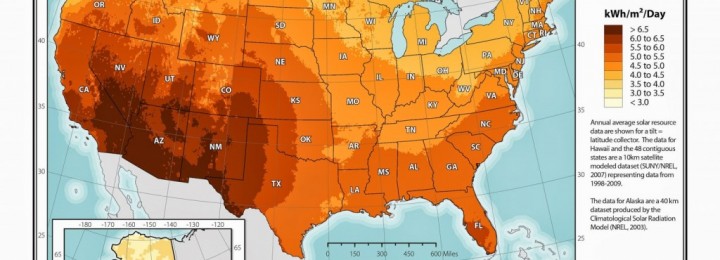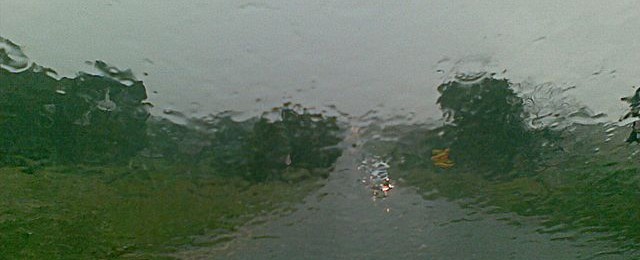Climate science
-

The “Spring Predictability Barrier” is well known to climatologists as the difficulty we have in predicting whether an El Nino will occur in the coming months in springtime compared to other times of the year. This is due to the seasonality of El Nino, which is usually strongest around Christmas (hence the name “El Nino”,…
-

On Facebook last week a friend posted a picture of the Earth’s atmosphere, taken at sunrise from the International Space Station. In the photo, the atmosphere is shown as a thin blue line separating the sphere of the planet from the blackness of space. The image reminded me of how thin the atmosphere is compared…
Posted in: Climate science -

Jeff Masters of Weather Underground posted a new blog this week noting that measurements of carbon dioxide in the atmosphere show that for the first time in the last 800,000 years the carbon dioxide levels in the atmosphere reached 404 parts per million. You can read his post here. Carbon dioxide has been measured directly…
-

With all the sunshine we get in the Southeast, how does solar energy compare to other parts of the country? Cliff Mass has a good description of solar power climatology at his blog at https://cliffmass.blogspot.com/2015/04/the-meteorology-of-solar-power.html. Even though his blog is focused on the solar power capabilities of Washington State, his maps show the distribution of solar…
-

In the last week I’ve received 5.94 inches of rain in my gauge near Athens. Many areas of the Southeast received more than ample rain in the last few days. Fortunately, it looks like we may have a dry spell mid-week to cheer us up and help the farmers catch up on their field work.…
-

How do we know temperatures are changing? What data set do you use? What time period do you analyze? How do you make sense of trends with so much year to year variability? If you’ve asked yourself these questions, you will be interested in this story about one analysis of Rhode Island’s Narragansett Bay temperatures…
-

With all the rain we’ve had this week, the smell of rain has been on my mind. EarthSky had a blog entry on petrichor, the official term for the smell of rain (here). I was surprised to learn that the word was created by the Australian National Science agency, CSIRO, based on Latin roots. I…